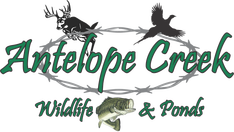This year that is definitely not the case. Fur prices are at one of the lowest prices they have been in decades. I don’t ever remember them being this low for quality fur. I have already seen how this is going to affect the predator populations. Many of my family and friends who trap throughout this time of year have either already hung up their traps or like some never even got them out. Financially trapping does not make a whole lot of sense right now. However trapping is the most effective way to reduce predator numbers.
Trapping is already a fading past time across much of the country and current fur prices are not helping. Unfortunately out fawns, game bird nests, young poults and small game are going to take the hit for this. Besides the loss of habitat predators are the next reason for declining game populations. As I stated earlier trapping is the number one way to reduce predator populations in turn this will help all of our game populations thrive, if implemented with good habitat management.
So even though you may only break even or lose some money trapping this year, trapping is still an essential part of a successful wildlife management plan. You may not reap the rewards of your efforts in cash but come next fall when you are experiencing your desired game numbers you will be glad you did and reap the benefits with a full freezer of your favorite wild game.
Remember to manage today for a better future. Reduced predator populations will ultimately bring higher game populations.
Brett Kleinschmit
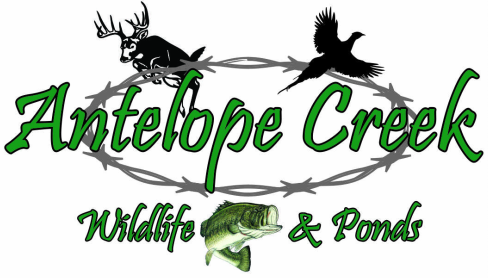
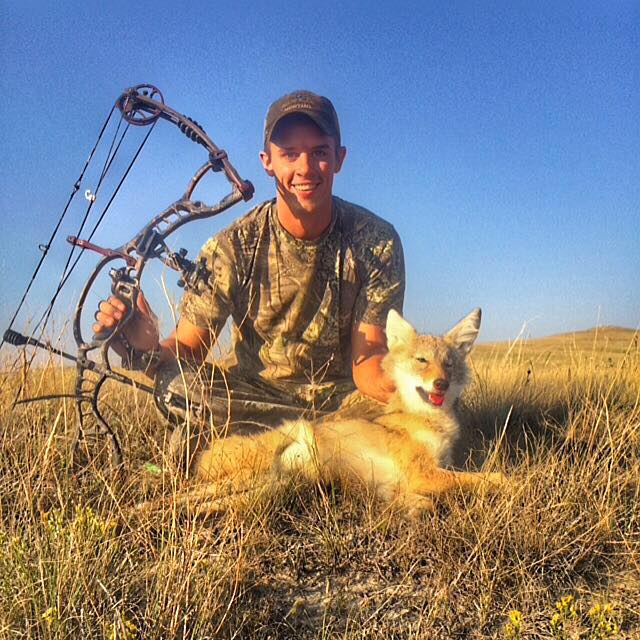
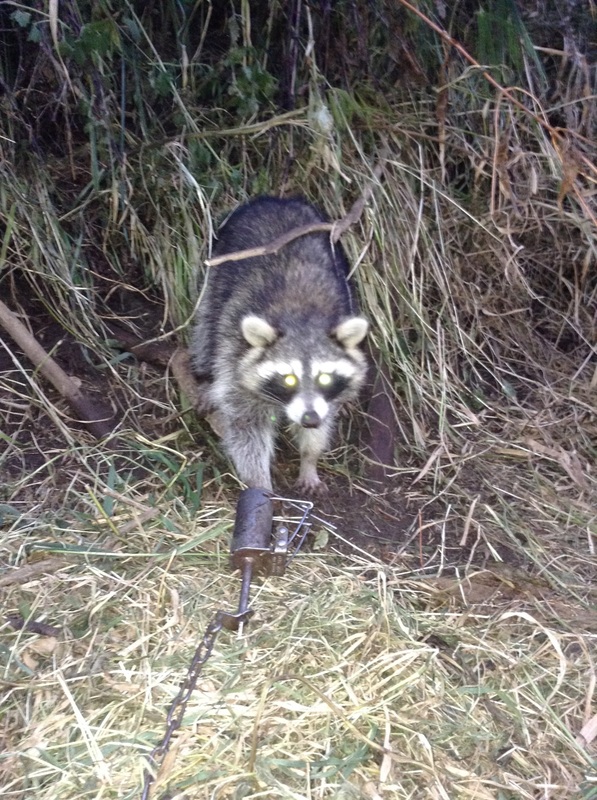
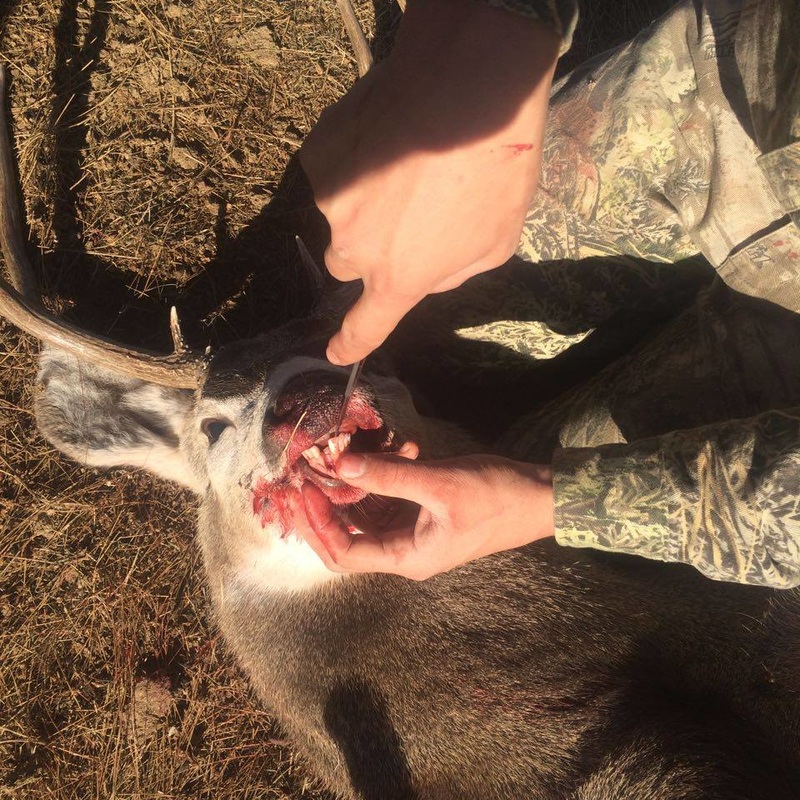
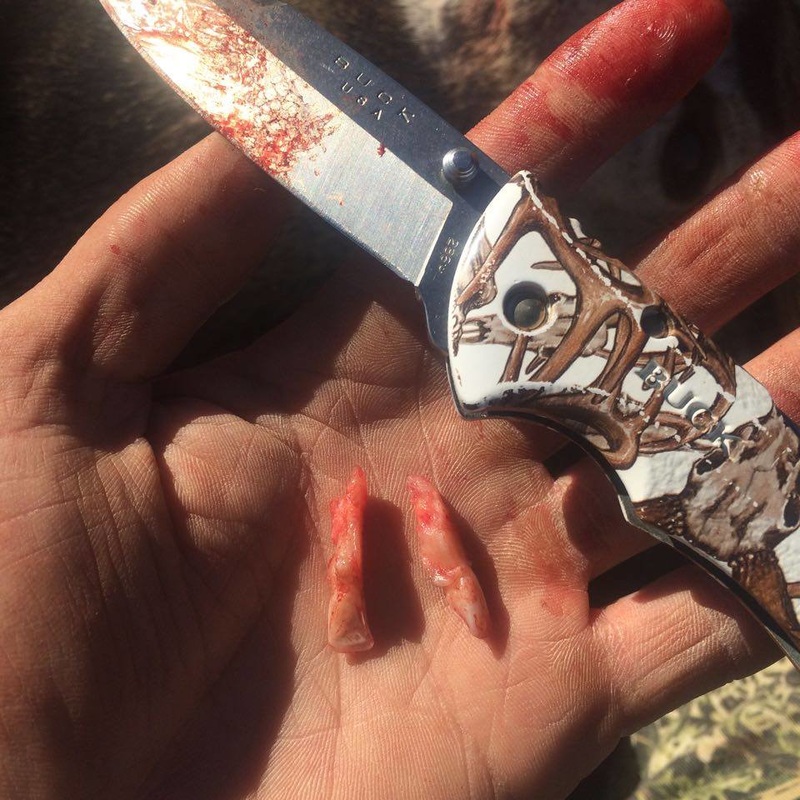
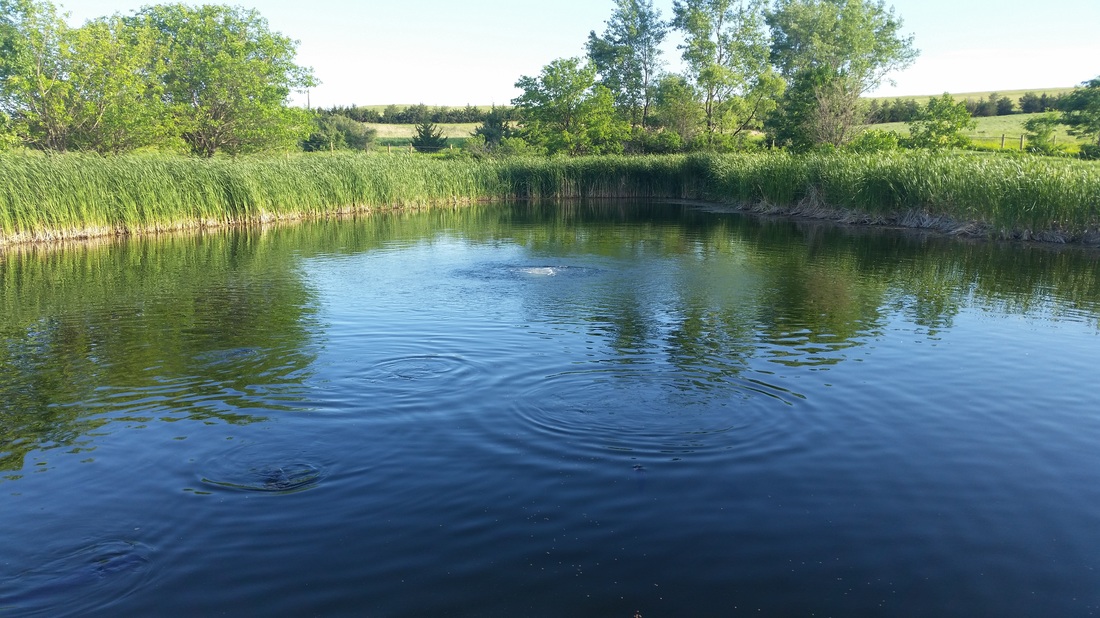
 RSS Feed
RSS Feed
